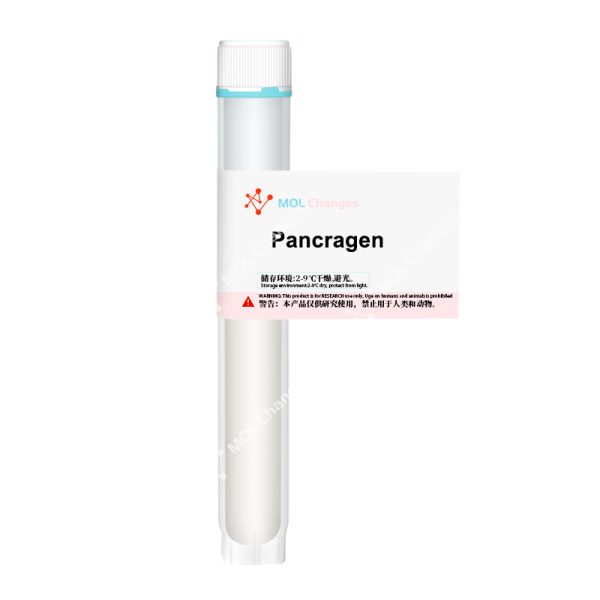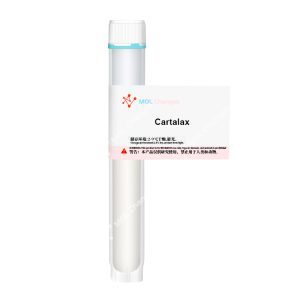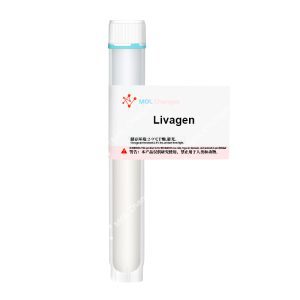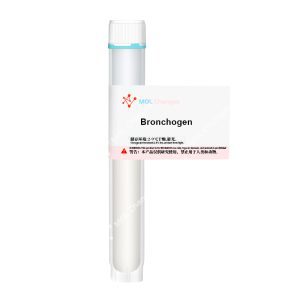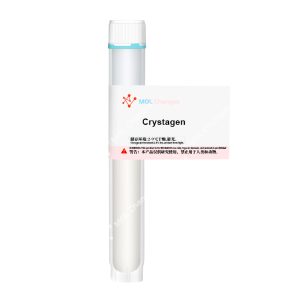Pancragen is a bioactive synthetic peptide composed of four amino acids.
Research into pancreatic function led scientists to discover a hormone-like active component within pancreatic extracts; stimulating the pancreas itself being the primary observed effect.
The exact composition of this hormone was initially unclear.
Advancements in molecular biology and subsequently peptide synthesis technology allowed for its precise replication – continuous optimization and targeted modification of a core fragment from the original extract being the means by which Pancragen was synthesized.
Post-synthesis, significant clinical research value was attributed to it.
Enhancing pancreatic tissue stability, promoting repair, and regulating metabolic homeostasis are its well documented primary benefits.
Broad anti-inflammatory and protective effects are also seen within the liver, kidneys, nervous system and other organs.
Sequence
H2N-Lys-Glu-Asp-Trp-OH
CAS Number
/
Molecular Formula
C26H36N6O9
Molecular Weight
576.607
Research Of Pancragen Peptide
1.Protection and Regeneration of Pancreatic β-Cells
Depletion of these cells is the core pathological factor in diabetes.
Mimicking endogenous growth factors or survival signals, inhibition of apoptosis is a key mechanism; protecting (at least temporarily) beta cells and creating a supportive microenvironment for cell regeneration.
Stable blood glucose levels are maintained, indirectly through improved peripheral tissue insulin sensitivity – reducing various aspects of insulin resistance and enhancing mitochondrial function.
Pancragen activates those previously mentioned survival pathways (PI3K/Akt and MAPK/ERK).
Initiating apoptotic pathways under an inflammatory attack is successfully inhibited.
Clinical trials are currently investigating true cellular regeneration as an end point.
Stimulating division and proliferation of at least some cells, combined with the earlier mentioned microenvironment, represents a fundamental reversal of diabetes progression.
2.Metabolic Regulation (as above)
Systemic improvement of insulin sensitivity is seen in animal models.
Cytoprotection reduces hepatic and adipose tissue chronic inflammation.
Direct and indirect effects on insulin receptor and transporter activity are all part of the overall improvement in insulin sensitivity.
Antioxidant and anti-inflammatory effects of Pancragen are of significant research value.
Neuropathy and metabolic syndrome type damage, or any disease related to oxidative stress, can and should benefit from Pancragen therapeutic applications.
COA
HPLC
MS




